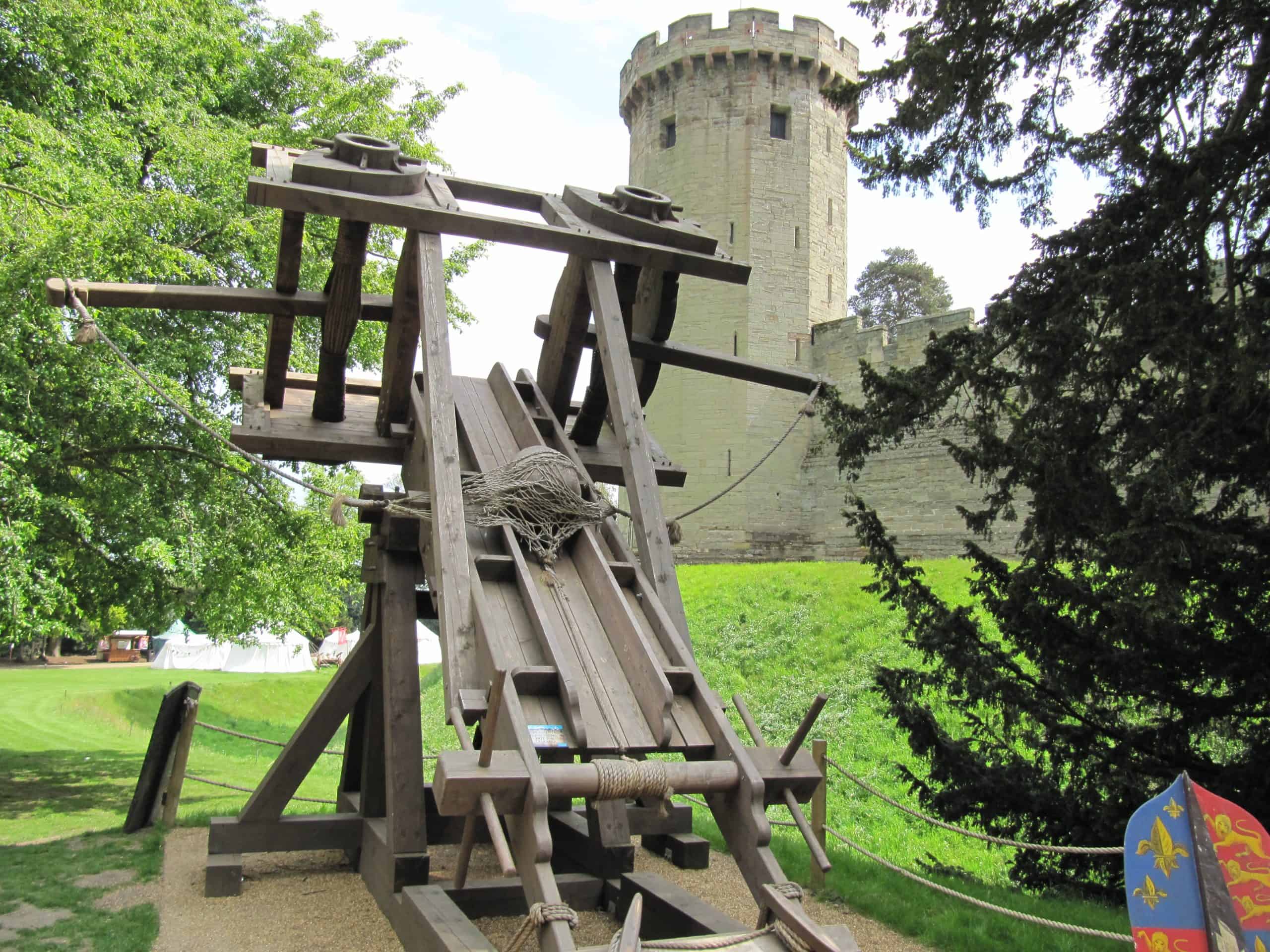

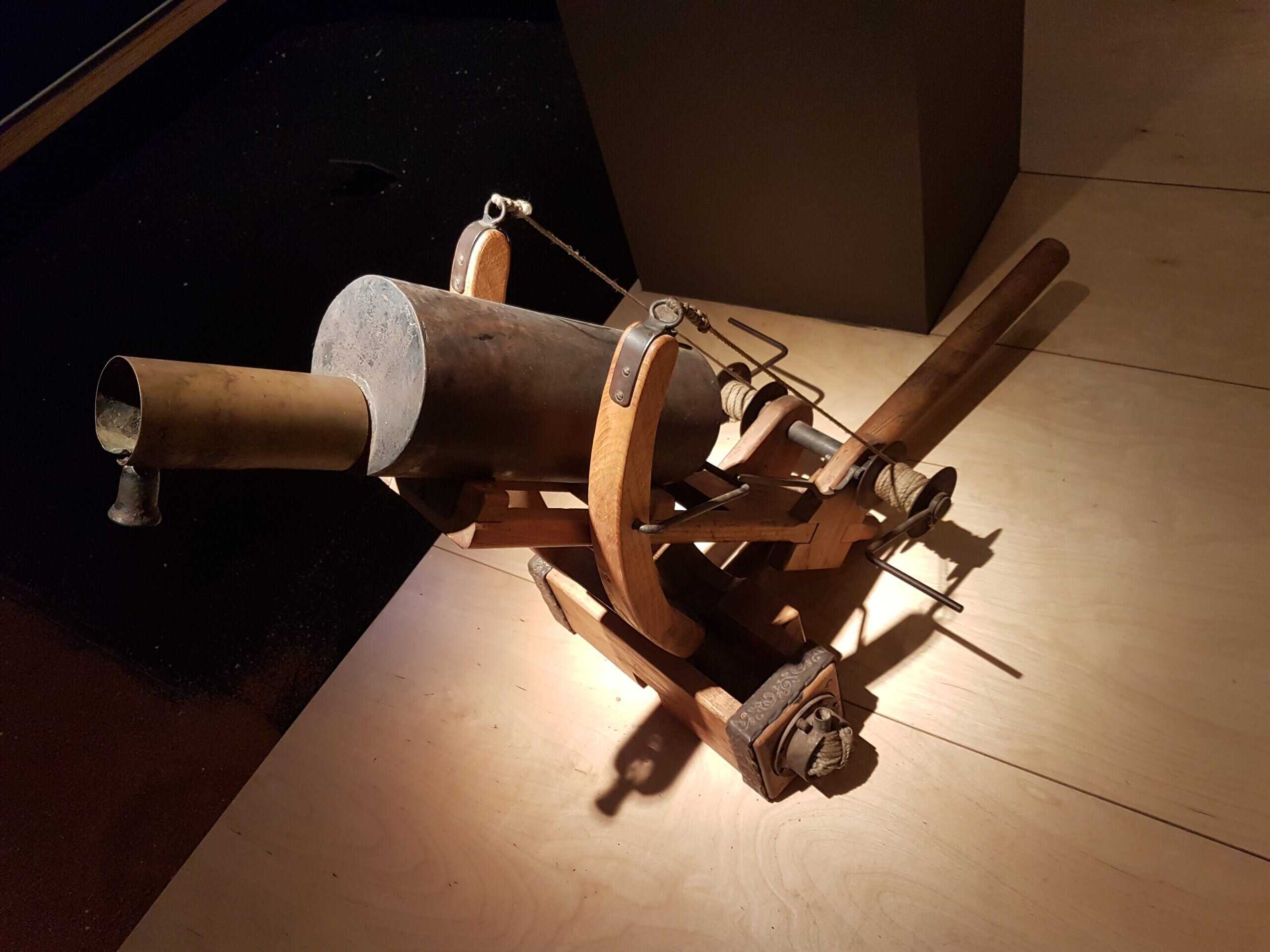
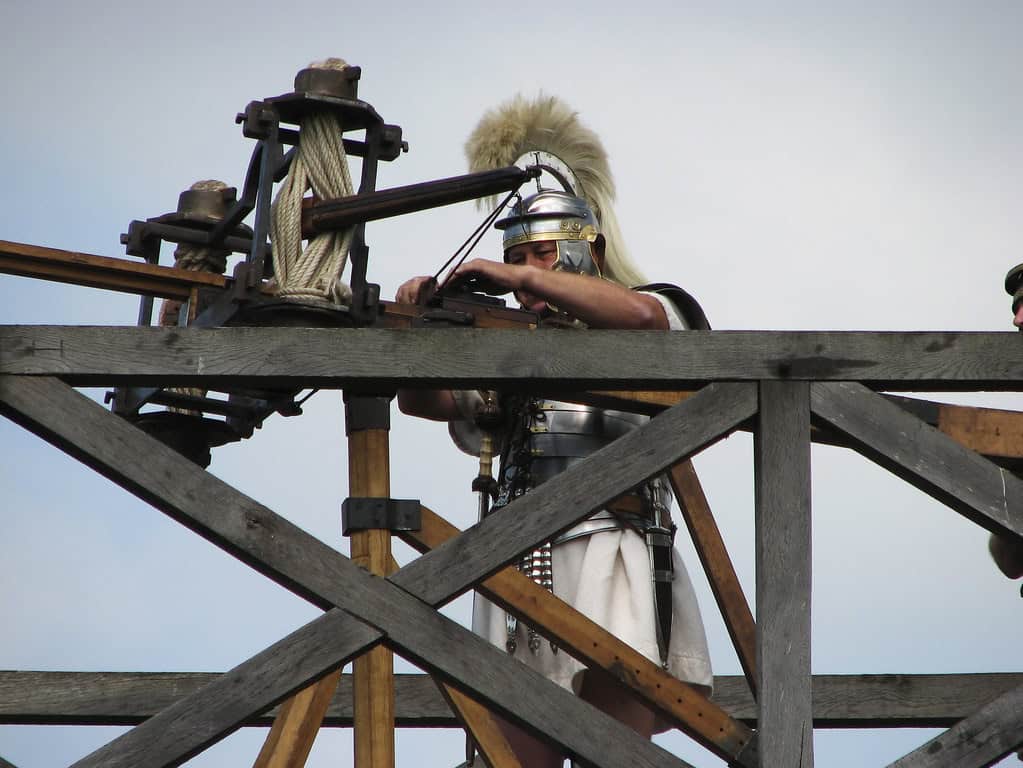

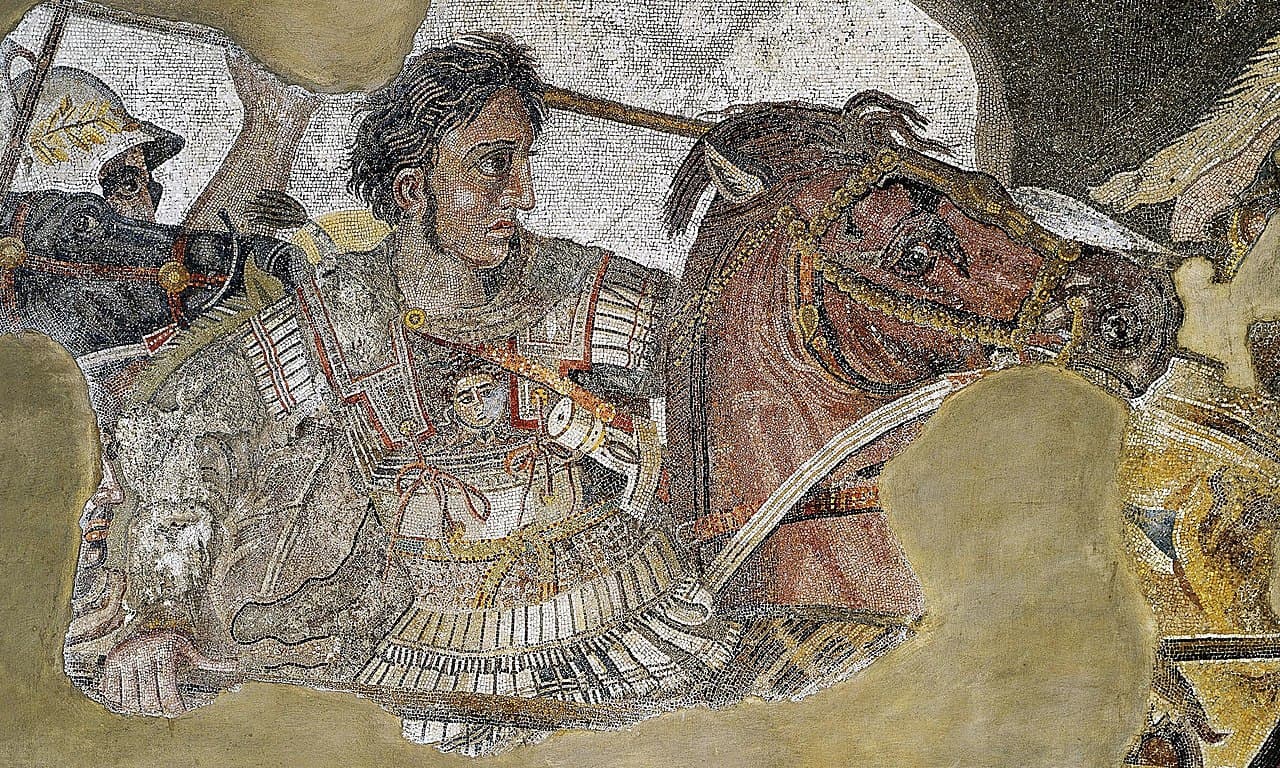
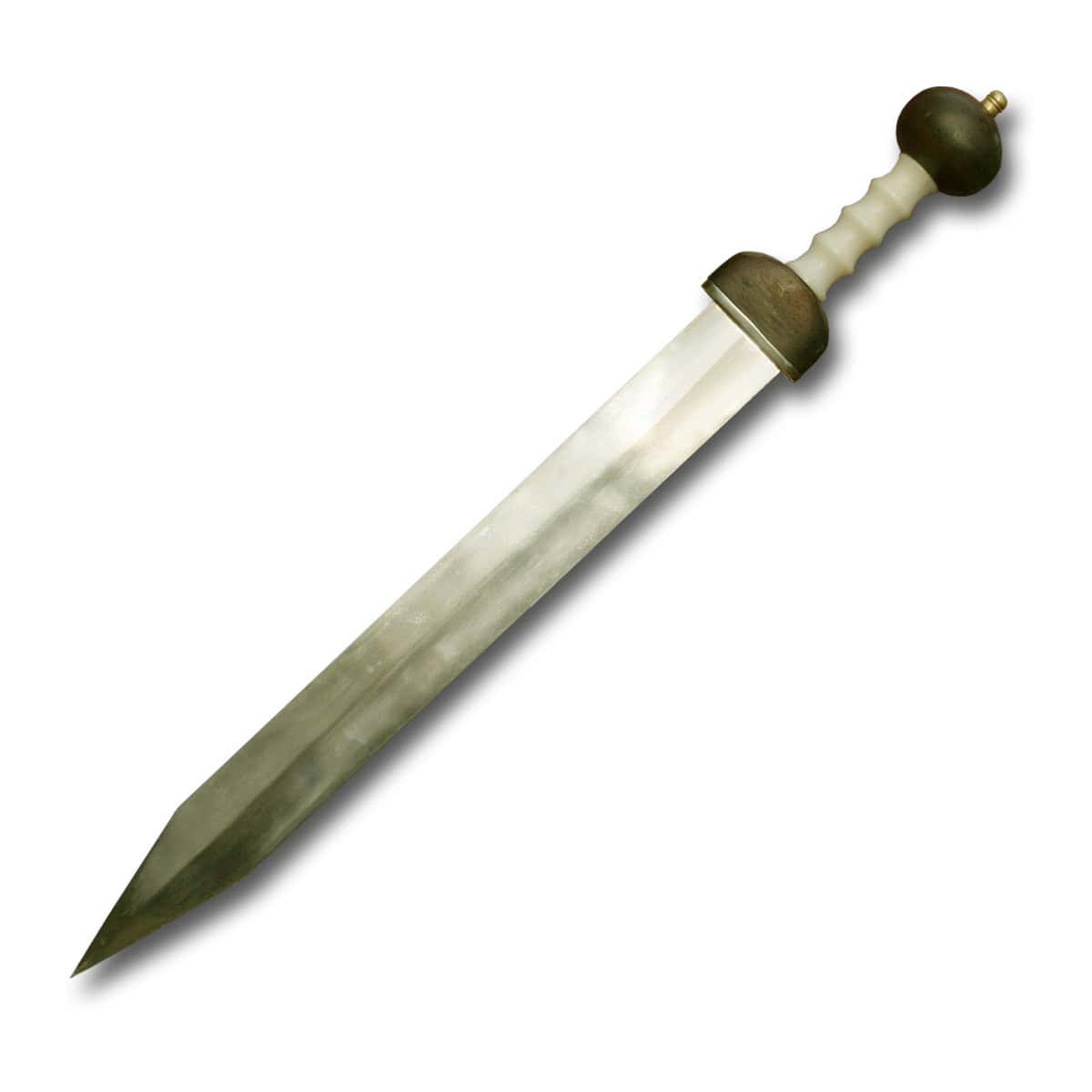
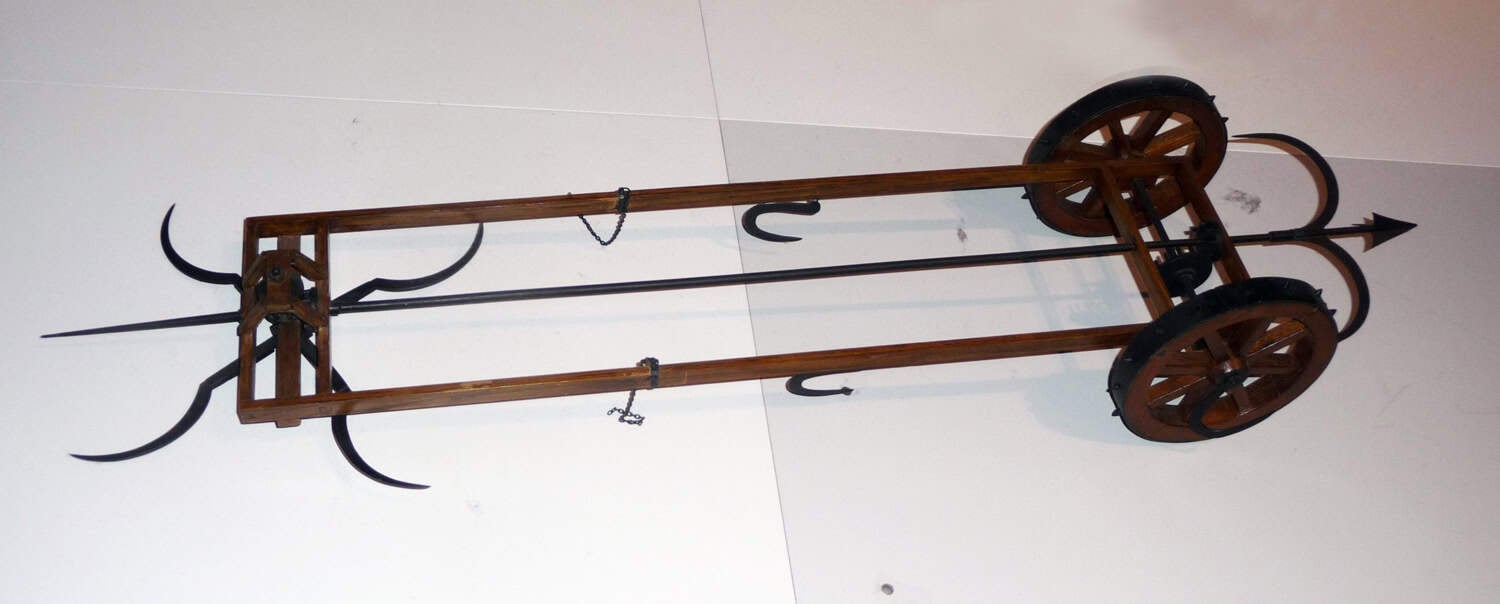
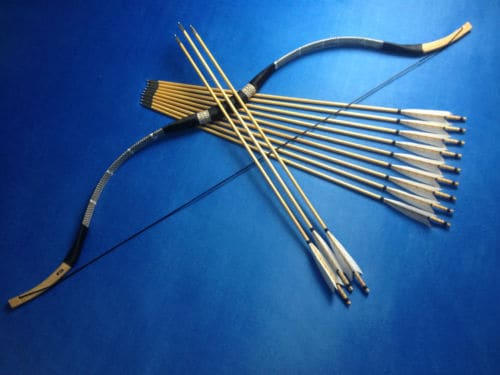

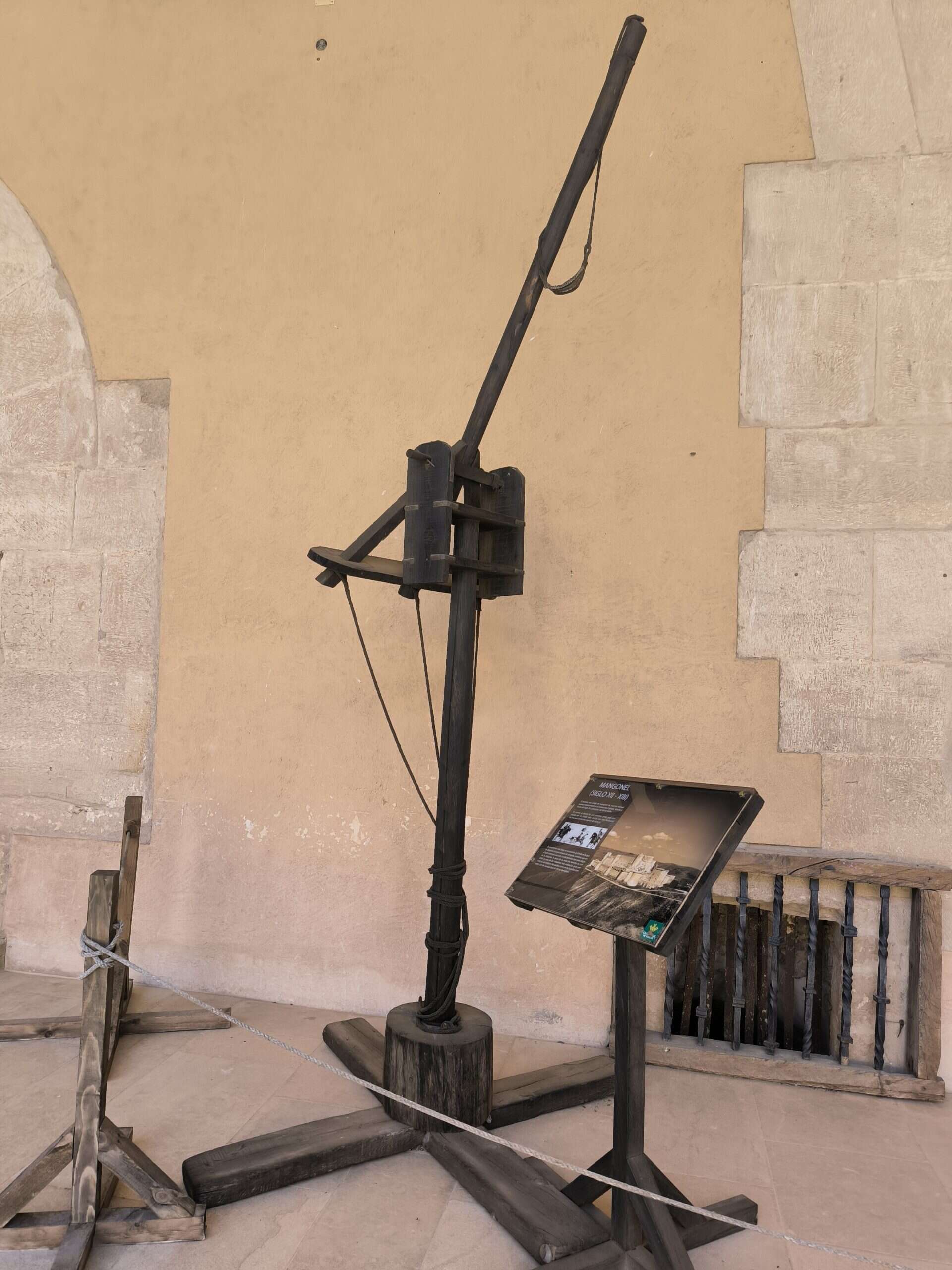

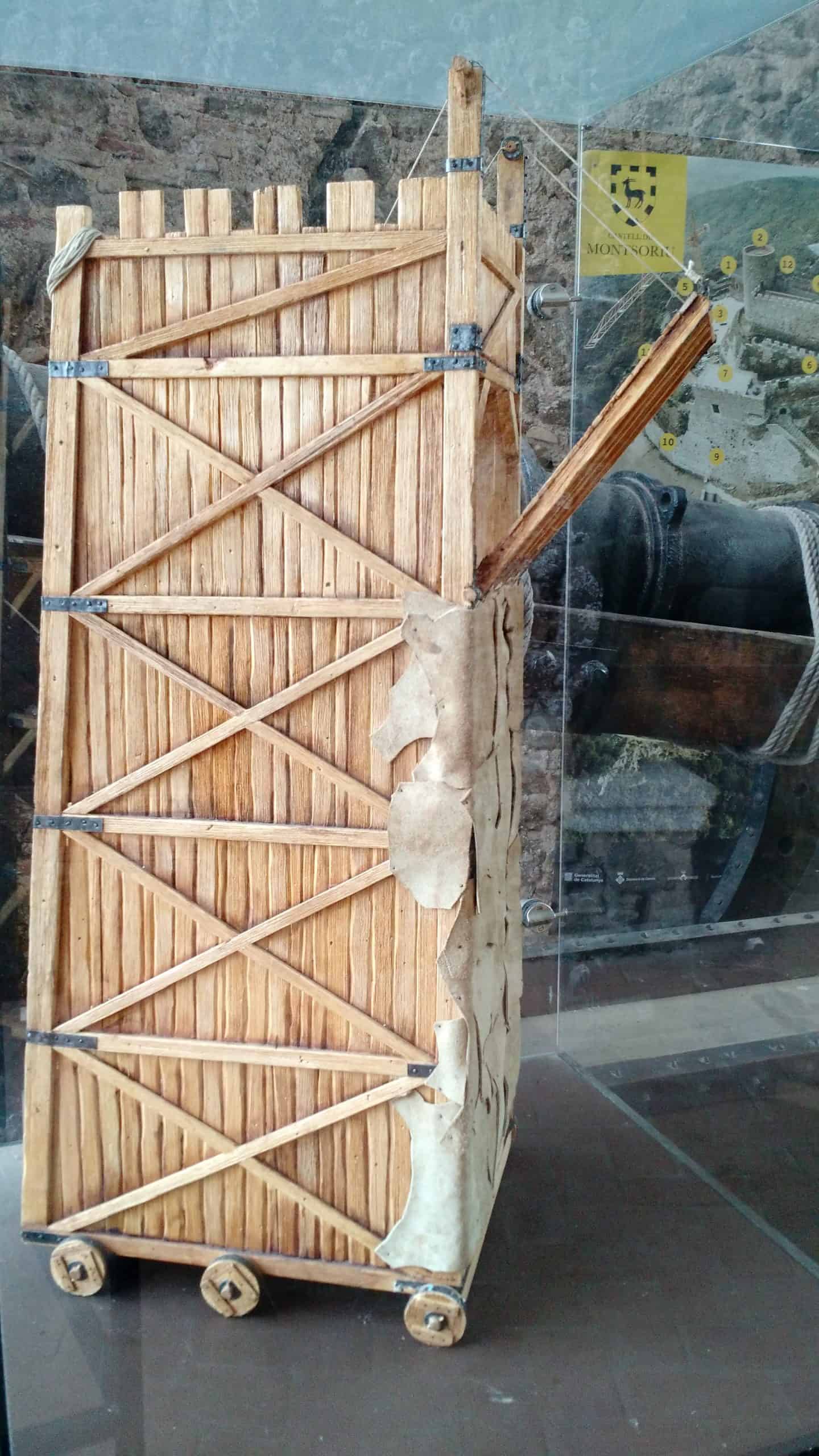
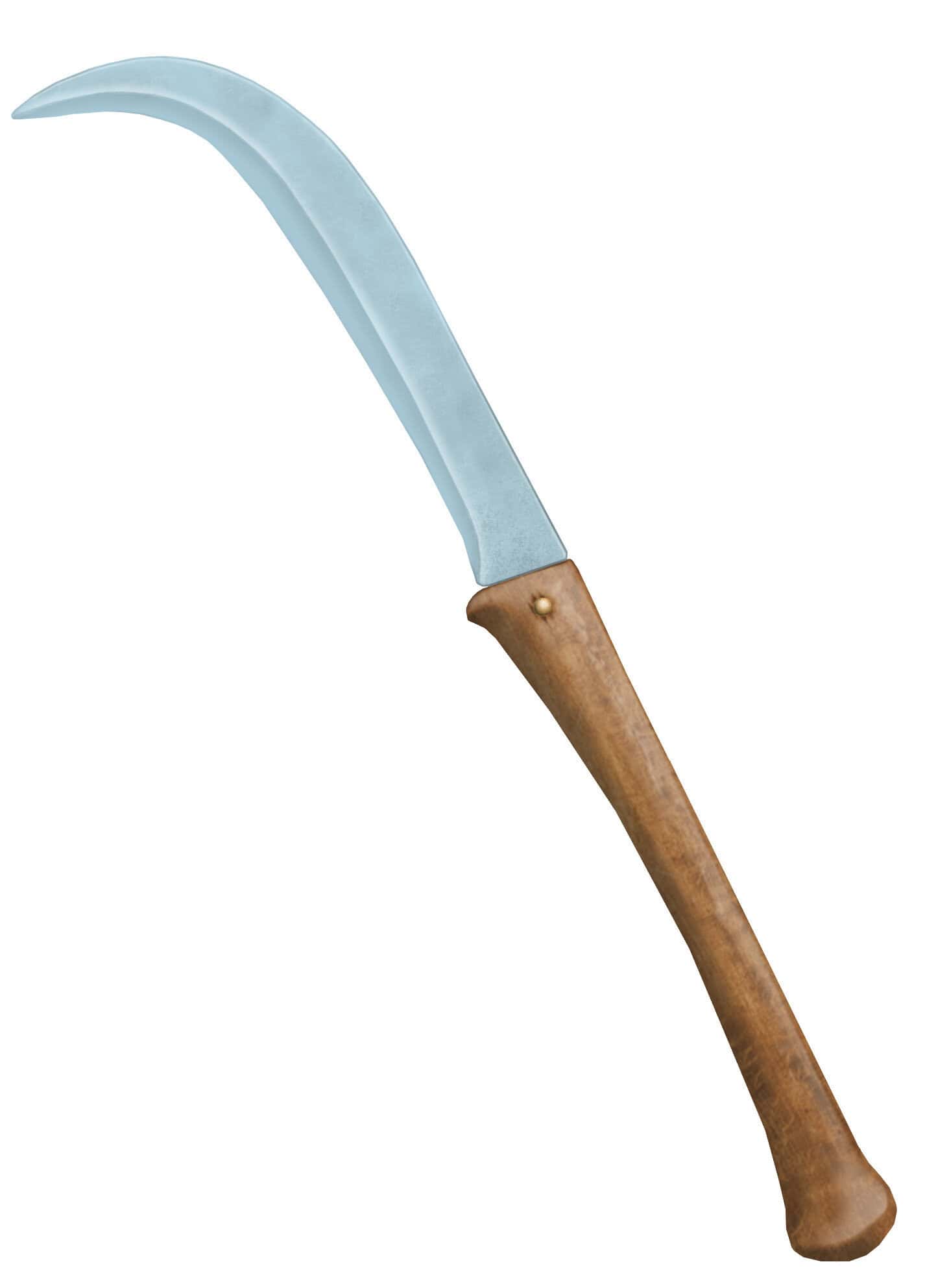
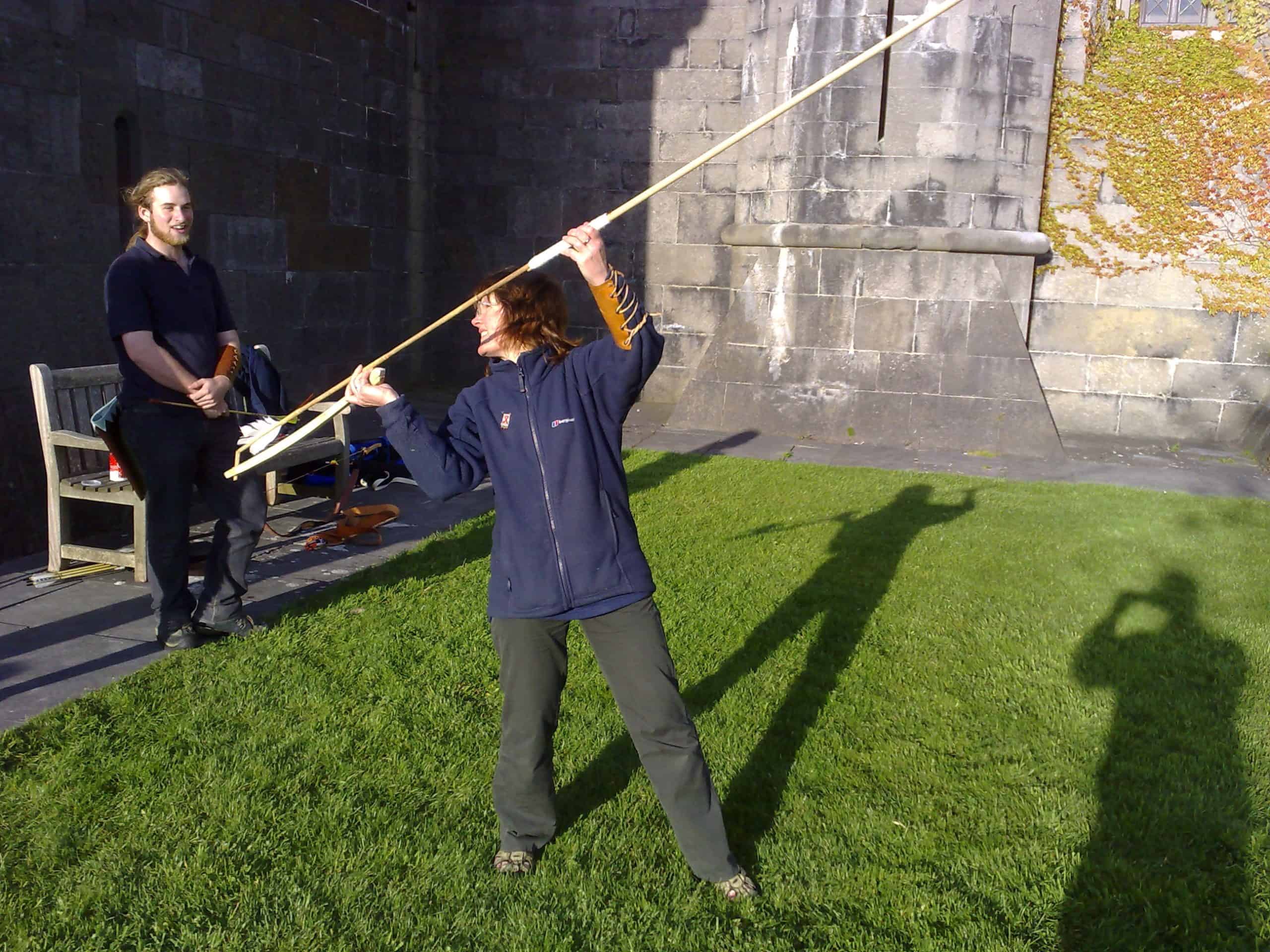
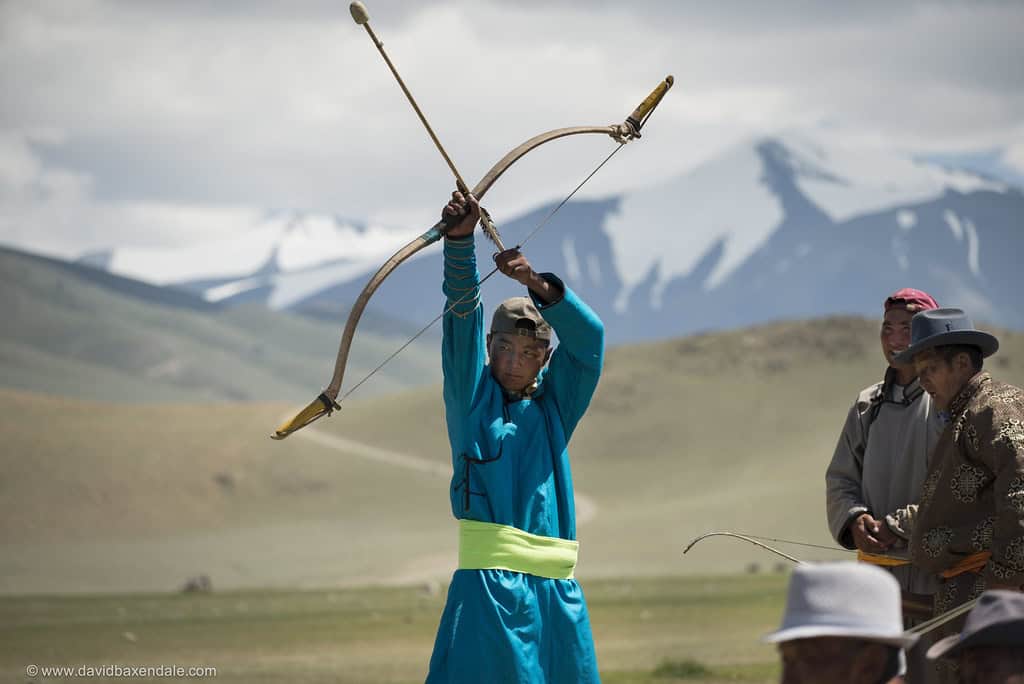
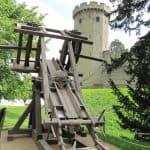
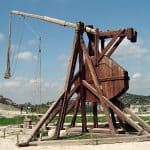
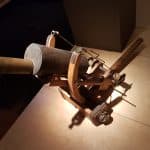


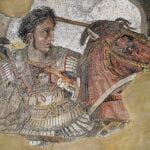
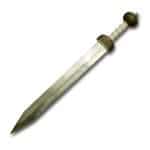



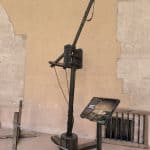


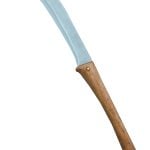


The Most Feared Weapons of the Ancient World
The most feared weapons of the ancient world didn't necessarily break the mold when it came to battlefield innovation. In some cases, these were perfectly in line with the weapons used by other peer forces of the time. Instead, what these weapons had was reputations. They were the sort of weapons spoken about in hushed tones. Let's look through history to see which weapons inspired terror on the ancient battlefield.
Trebuchet
The trebuchet has a long history before it developed into the siege weapon we remember. The trebuchet evolved from earlier siege engines like the mangonel, but it is a distinct type that uses a counterweight mechanism rather than torsion. The revised trebuchet used a counterweight to fling massive projectiles hundreds of meters with ease. Seeing a set of these take the battlefield was enough to catch any fortress's attention before the siege began in earnest.
Greek Fire
Greek Fire was something of a state secret for the Byzantines, but a bit has been written about how terrible the weapon was. What makes this one of the most feared weapons is the unrelenting nature of the fire. Byzantines used it as a naval weapon, where its flames couldn't be put out. The very surface of the sea burned alongside ships and people.
Ballista
Artillery has always been something of a terror on the battlefield. The ballista became one of the most feared weapons because of what it could do. These massive crossbows fired huge bolts that could devastate enemy formations and damage wooden defenses. When multiple ballistae took the field, it was time to find shelter underground.
War Elephants
War elephants became one of the most feared weapons of the ancient world early in Hannibal's campaign in the Italian peninsula. Romans had encountered war elephants before, notably during the Pyrrhic War, but Hannibal's use of them in Italy was particularly memorable. While they would eventually be defeated by Roman troops, the war elephant was a mainstay in antiquity thanks to the campaigns conducted by the Persians and ancient Indians.
Sarissa
Developed originally by Philip II of Macedon, the sarissa was a longer spear intended to strengthen the Greek phalanx formation. They became one of the most feared weapons in the world in the hands of Philip's son, Alexander the Great. The sarissa was at the heart of every battle Alexander conducted, and became a common weapon for the Macedonians and Hellenistic armies in the wake of Alexander's death.
Gladius
The gladius didn't become one of the most feared weapons thanks to its performance. Instead, it is more of what the weapon represented. As the standard-issue sword of the Roman legions, this meant you had drawn the ire of Rome. It perhaps earned its infamy during the height of the Roman Empire, when vast legions were cutting down the native tribes in Gaul, Germania, and the British Isles.
Scythed Chariot
Despite popular belief, the scythe was always something more of an agricultural tool rather than a weapon of war. That didn't stop the scythed chariot from becoming one of the most feared weapons on the battlefield. This was a vehicle designed for terror rather than any practical purpose, bearing massive blades extending horizontally from the wheels. They were notably used by the Persians, who made effective use of them at the Battle of Cunaxa.
Composite Bow
Bows are one of the most ancient weapons around, having a similar service record to knives and spears. However, it was the composite bows of the steppes that struck fear into the hearts of soldiers on the ancient battlefield. A composite bow is similar to a laminated bow, being made of multiple layers of materials. This helps to bestow strength, reducing the draw weight while maintaining the same level of effectiveness. It makes for a weapon perfect for a horseback rider to rain arrows on a static formation.
Flaming Arrows and Projectiles
Nothing routs an ancient formation like fire. When your comrades suffer grievous injuries and catch fire, you're likely to take notice. Setting fire to arrows is an ancient practice, dating back to at least the 8th century BCE. This same practice extended to the likes of artillery, where catapults and other siege engines would fling massive, flaming projectiles at formations and fortifications alike.
Onager and Mangonel
The onager and mangonel are artillery pieces in their primordial state. The onager, in particular, was a weapon devised by the Ancient Romans, who used torsion to fling projectiles. Mangonel came later and served as the predecessor to the trebuchet. Rather than using a counterweight, these ancient weapons utilized mechanical force from people to lock the mechanism in place.
Battering Ram
The battering ram dates back to Ancient Egypt and was one of the most effective ways to break into a fortified city. Battles were different in the ancient world, either taking place in pitched formations or over protracted sieges. The battering ram became one of the most feared weapons of the ancient world simply because of what it represented. When the ram started hitting the door, your city didn't have long before invaders poured in.
Siege Towers
Siege towers have been constructed since the Bronze Age, seeing use in the ancient dynasties of Egypt and the military campaigns across Anatolia. They were typically constructed on-site, usually on the outskirts of the city under siege. They became engines of destruction and conquest, bearing artillery pieces and a drawbridge. When these began lining up outside walls, whole formations of soldiers could be dumped on defenders with little recourse but to counterattack.
Falx
Wielded by Thracians and Dacians, the curved weapon we know as the falx was something that inspired fear in Roman legions. The hooked blade left gruesome wounds, pulling away shields and limbs alike. It terminated in a vicious armor-piercing point, capable of punching through armored helmets. The Romans, naturally, adapted the weapon to become part of their kit for sieges.
Atlatl
Throwing a spear is a pretty common method of fighting. The Ancient Romans typically used javelins before closing in on a formation. However, the atlatl was something that could strike fear into any person's heart. These simple weapons saw extensive use in the ancient world and were capable of flinging a spear at nearly 100 miles per hour.
Poisoned Arrows
Poison on the head of an arrow was such a common weapon of terror that it inspired the word toxin. Toxin is derived from the Greek word toxikon, meaning bow. Poison arrows were one of the earliest biological weapons, and were used to sow terror and doubt into defenders and attackers alike. They were so common and feared that their use dates back to old Greek myths. The poison used depended on what was available locally, with poisonous plants, animal venom, and even animal excrement being common.
The image featured at the top of this post is ©"Warwick Castle Ballista" by Ronald Preuß is licensed under BY-SA 2.0. – License / Original

